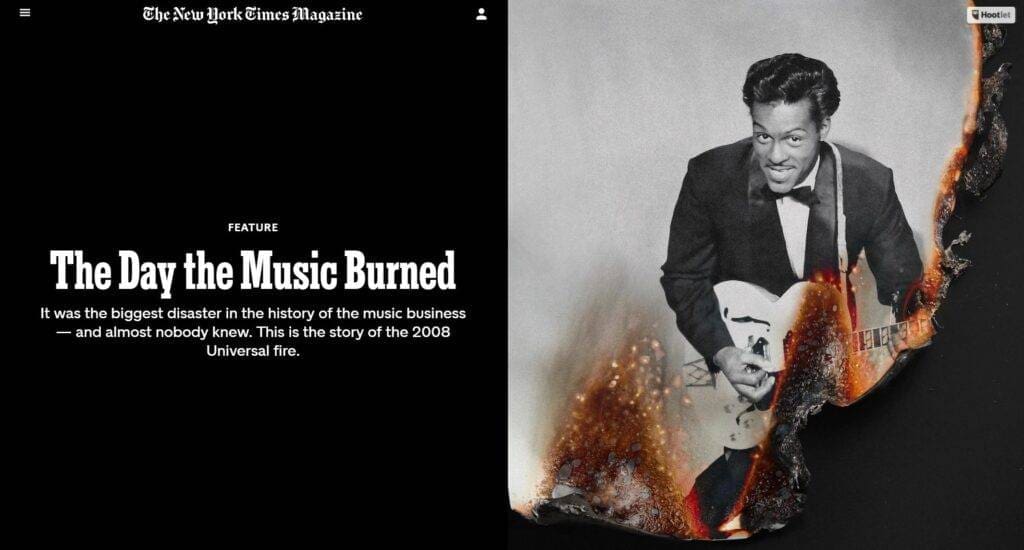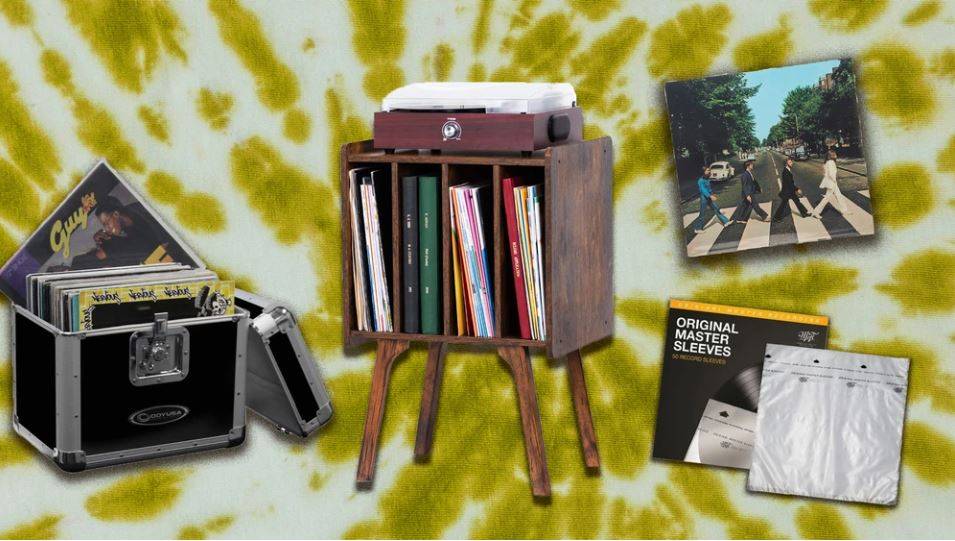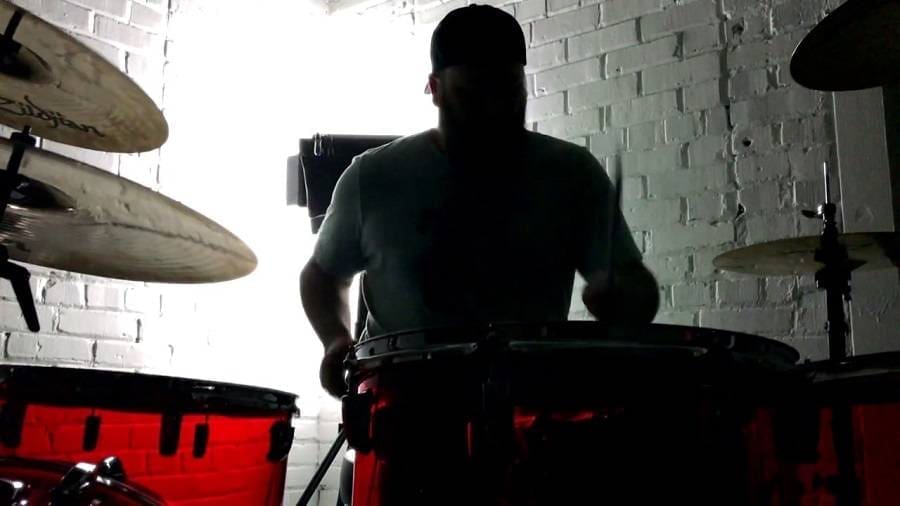The Producer Showed Me a Great Recording Trick – He Covered My Pick with a Thin Layer of Paper. The Sound Was Pure Bowie: Meet George Vjestica of Nick Cave’s Bad Seeds


You may not recognize his name at first glance, but the work of George Vjestica, a native of Stoke-on-Trent, has likely graced some of your favorite albums and movies. Currently, George Vjestica is an integral part of Nick Cave & The Bad Seeds. He first contributed his guitar skills to the 2013 album Push The Sky Away before becoming a full-time member for Skeleton Tree (2016). Considering Cave’s dynamic creative vision and Vjestica’s following in the footsteps of legendary guitarist Mick Harvey, his seamless integration into the Bad Seeds is no small feat.
But then again, the guitar is more than just a tool for Vjestica; it’s a part of his soul. As he tells Guitarist, “It’s been a constant in my life since I was nine. Rarely does a day go by when I don’t pick up a guitar and have a play around. There’s something so magical for me in those six strings.”
Reflecting on his influences and passion, Vjestica shares, “I felt so sad when Jeff Beck died, and I really got stuck into how he played. I’ve got a little studio, and I sat in there for about a month trying to figure out his tone and how he used the tremolo. I became obsessed with that track ‘Nadia’; I love playing that song just for myself. I can sit in my little shed for hours just playing. There are so many great guitarists and musicians to be inspired by. I could go on forever!”
This adaptability has served Vjestica well, not only with Nick Cave but also while playing with John Squire on his 2004 album Marshall’s House. Additionally, his talent has been instrumental in creating atmospheric scores for films such as The Proposition (2005) and Lawless (2012).
Crafting His Own Path
Thinking about how his experiences have shaped him over the years, Vjestica reveals, “I’m more geared towards trying to make my own records these days. It’s not just about playing the guitar; that is what has changed the most for me. You have to think about how to produce a track or an album and how it’s going to sound musically, lyrically, and connect emotionally. Self-indulgence is totally fine. I’m all for self-expression.”
Inspirations and Early Days
What inspired you to pick up the guitar?
“I saw Jimi Hendrix on television when I was nine, which lit the fuse. My dad bought me a nylon-stringed guitar for Christmas. That was it – me and the guitar were inseparable.”
What type of music scene did you grow up in?
“I grew up in Stoke-on-Trent, the same place where Slash spent the first five or so years of his life. It’s a working-class town full of industry, so ‘rock music’, as it used to be known, was a big thing there, but it had a great soul scene and when punk happened that was big. Growing up, live music was everywhere in the 1970s and early ’80s.”
Aside from Hendrix, what sorts of guitarists caught your ear?
“I have two older brothers who always had tapes and borrowed records from their friends, so I listened to a lot of Pink Floyd, Led Zeppelin, Black Sabbath, Bowie and The Spiders From Mars, and loads of guitar bands. I loved Hendrix, The Who, AC/DC, Thin Lizzy, Be-Bop Deluxe, and Yes. Steve Howe was so different from all the other rock guitarists, and on the flip side, I loved the Sex Pistols, especially Steve Jones’ guitar playing. It was so raw and powerful.”
Touring and Evolution
How did you evolve while touring with Groove Armada from 2006?
“I wouldn’t say I evolved as a guitar player with Groove Armada, but playing live and touring with them was a great experience. The shows were mega productions, full-on with loads of lasers and big PA systems, and heavy sub-bass everywhere! It was a lot of fun, and I traveled worldwide with them. Playing in Australia, South Africa, Japan, and South America was awesome.
Playing-wise, it was super-tight musically, and with it being dance-oriented music, everything was on click track, so that was a discipline you needed to have. I enjoyed making the Black Light and White Light albums [2010]; if you listen carefully, you can hear how my James Honeyman-Scott and Bill Nelson influences snuck onto those records!”






Responses